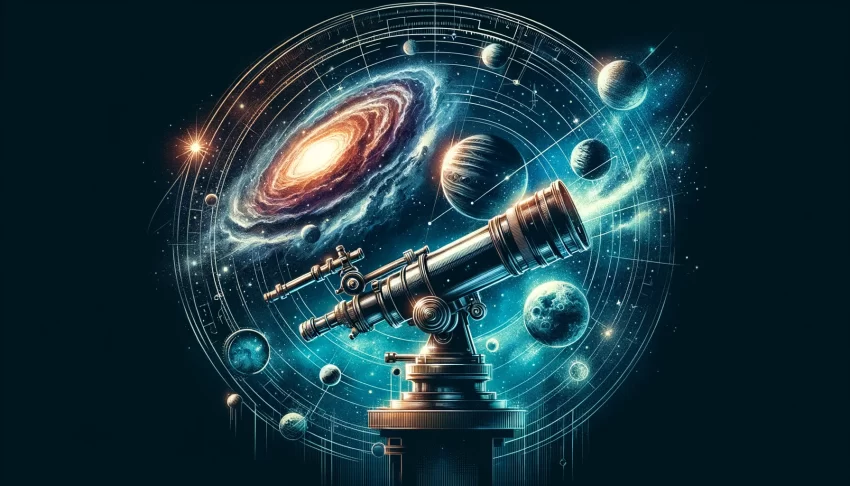In an era marked by strained diplomatic relations and international conflicts, space has emerged as a rare domain of close cooperation between the United States and Russia. On Sunday, a SpaceX rocket carrying a mixed crew of three US astronauts and one Russian cosmonaut successfully took off from Florida, bound for the International Space Station (ISS).
The Crew-8 mission members, who blasted off from the Kennedy Space Center in Florida at 22:53 local time (03:53 GMT Monday), plan to conduct various experiments in the low-gravity environment during their six-month stay at the orbital laboratory.
Their study will focus largely on growing artificial replicas of human organs. Such a breakthrough in medical research could advance the study of degenerative diseases in ways not possible under Earth’s gravitational conditions. Despite an aborted attempt on Saturday due to strong winds, the crew was able to launch without further delay.
Mission leader Matthew Dominick along with American Jeanette Epps and Russian Alexander Grebenkin, will experience their first flight into space. Physician Michael Barratt, already familiar with the ISS from his two previous visits, also joins the crew.
Information Box:
– Event: SpaceX Rocket Launch for International Space Station
– Crew: Matthew Dominick, Jeanette Epps, Michael Barratt, Alexander Grebenkin
– Origin: Kennedy Space Center, Florida, United States
– Destination: International Space Station
– Time: 22:53 local time (03:53 GMT Monday)
– Mission Duration: Six Months
– Primary Research: Growing artificial replicas of human organs
– Teams: SpaceX, NASA, Roscosmos
Notably, the ISS continues to stand as a symbol of international collaboration, maintained by the US, Russia, Canada, Europe, and Japan. In its time, the space station has witnessed world tensions play out below while fostering groundbreaking scientific advancements above. This launch is the eighth crew rotation mission in collaboration with NASA and SpaceX.
Once aboard, the SpaceX Crew-8 will bolster the ISS’s current Expedition 70 crew, temporarily increasing the total number of crew members from 7 to 11. The new crew plans to explore a variety of studies, including the effects of UV radiation and microgravity on plant growth and shifts in body fluids during spaceflight, among other experiments.
Such missions continue to maximize the potential of manned space exploration as NASA develops technologies and bolsters scientific understanding to further its Artemis missions aimed at long-duration trips to the moon and beyond.
2. Rick Neale, Florida Today
3. NASA Press Release.

